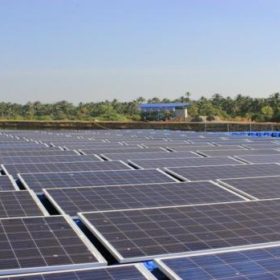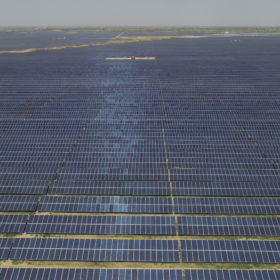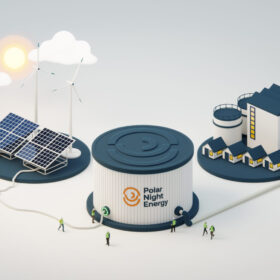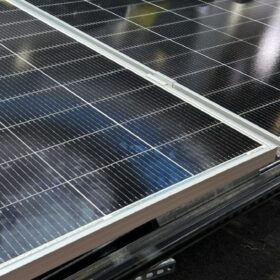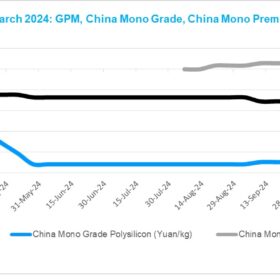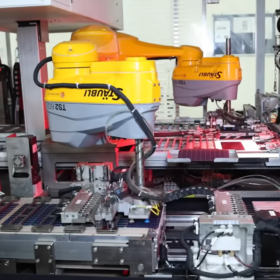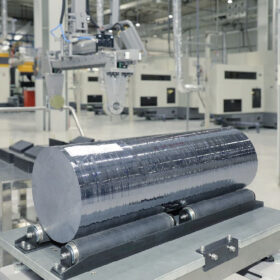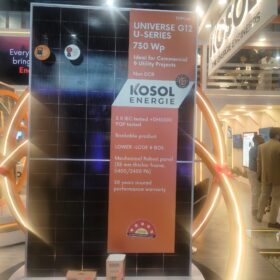NTPC, ONGC form joint venture company for renewable energy, storage projects
ONGC NTPC Green Pvt Ltd will explore and set up renewable energy (RE) projects in India and overseas through greenfield development and acquisitions. It will also explore and harness opportunities in the fields of energy storage, e-mobility and ESG (Environmental, Social and Governance) compliant projects.
UltraTech to deploy 100 more EV trucks in its logistics operations
The scale-up follows successful pilot commenced in January 2024 with five electric vehicle (EV) trucks.
ACME Sun Power secures INR 3,753 crore loan from REC
ACME Solar’s arm ACME Sun Power has secured INR 3,753 crore loan for the development and construction of firm and dispatchable renewable energy (FDRE) projects totaling 320 MW in Rajasthan and Gujarat.
Rishabh’s string inverter business records 300% YoY growth in H1 revenue
Indian manufacturer Rishabh Instruments designs, develops and manufactures solar string inverters with technology acquired from GEFRAN S.pA., Italy.
Meyer Burger loses biggest customer, questions business viability
Swiss solar manufacturer Meyer Burger faces a significant setback as its largest U.S. customer, D.E. Shaw Renewable Investments, has terminated a long-term agreement to purchase solar panels from its Arizona facility.
Testing to start on 100 MWh sand-based thermal battery in Finland
Finnish startup Polar Night Energy is building an industrial-scale thermal energy storage system in southern Finland. The 100-hour, sand-based storage system will use crushed soapstone, a by-product from a fireplace manufacturer, as its storage medium.
Solar modules now selling for less than €0.06/W in Europe
Solar module prices reached a new low last week, says Leen van Bellen, business development manager Europe for Search4Solar, a European purchasing and selling platform for solar products. He tells pv magazine that prices will remain low in the short term.
Polysilicon prices decline amid rising inventories, weak demand
In a new weekly update for pv magazine, OPIS, a Dow Jones company, provides a quick look at the main price trends in the global PV industry.
Premier Energies to enter aluminium frame manufacturing
Premier Energies, a solar cell and module manufacturer in India, will set up an aluminium frame manufacturing facility with a capacity of 36,000 metric ton per annum for captive consumption.
Oriana Power H1 revenue up 461%, PAT up 748%
Oriana Power has reported revenues of INR 359.54 crore and net profit of INR 48.57 crore during the half-year ended September 30, 2024.
